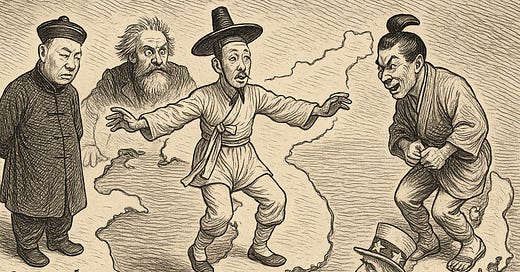South Korea’s strategic futures between continental and maritime powers
A long historical view of the Korean Peninsula highlights a destiny determined by continental and maritime power competition. Is the modern era different?
Attention has turned to the re-emergence of a Cold War-like division in East Asia, with China, North Korea, and Russia on one side and the United States, South Korea, and Japan on the other. More recent reports of North Korea-Russia cooperation heighten fears that this division has become more extensive.
Nonetheless, Cold War-like division is not foreign to those familiar with the Korean Peninsula. In fact, most studies of the Korean Peninsula start with the Cold War and its role in the Korean War (1950-1953), focusing on the birth of South Korea, or the Republic of Korea (ROK), and the subsequent shared sacrifices of the ROK and US-led United Nations Command (UNC) forces sent to defend the country. However, it is easy to forget that Korea has a much deeper strategic history and culture that started well before the Cold War.
Often neglected, the Korean Peninsula is a contesting ground between continental and maritime powers. The Korean Peninsula sits between China and Japan, acting as both a springboard to China and a launching pad to Japan. It is the geographic nexus where the continental meets the maritime. For comparison, the China-Korea-Japan nexus acts as the East Asian equivalent to the Western Europe-Low Countries-United Kingdom passage. Historically, the Korean Peninsula has acted as a pivot over which continental and maritime powers vie for control and influence.



